Improving My Writing Through Learning
When I am writing, describing scenes, places, people, and feelings comes easy. I am able to easily be inspired and think about what I want to describe, describe it, edit it, and think of ways to make it better. Whereas, when I am to write dialogue I get stuck before I even start trying. I stare at the page as my mind suddenly becomes blank: a dried-up river of ideas. Clearly, dialogue is hard for me to work through and get done. Description is one of my strengths and dialogue is one of my weaknesses.
Knowing my strengths and weaknesses when it comes to writing, is important because it gives me a good direction to start improving my writing.
Lately, I have been looking to take a break from writing (creating by writing: continuing my pieces, starting new pieces, purposely brainstorming ideas) to instead take some time to learn, and hone in on my strengths and weakness (pertaining to writing) to improve my writing as a whole. So of course one of the first questions I asked myself is,
“What are my strengths and weaknesses?”
My Writing Strengths and Weaknesses
I answered the question quite easily. Description is a strength and dialogue is not; But then I realized I am unable to point out my weakness, especially the biggest ones, because I am not separate from my writing: unable to analyze my writing unbiasedly, I cannot detach from myself. So the next question was, “How would I know?”
How would I know what my strengths and weaknesses are? How would I know what to truly work on?
Plan of Action
Well first, before I get ahead of myself. I set out to work on what I know I need to work on. Dialogue truly is something I need to work on, it’s just not the only thing I need to work on. So I kept dialogue as something I needed to work on.
Step 2: Know what I know
But how will I know what I know?
Step 1: Analyze
I won’t know what I need to work on, if I don’t analyze my work. So analyzing my work is the next step: Taking time out from writing and editing my work, to criticize. (not butcher, but analyze and give myself constructive criticism). And after I have analyzed and collected critique from myself, I now put that critique to the side to later be compared to critique from others.
Step 3: Share my work and get feedback
To know more about my writing I needed to get feedback, so I shared my work and got insightful feedback, receiving more strengths and weaknesses to work on.
Step 4: Refine my taste, upgrade my standards
Reading and discovering great work by established writers will help me get better. How? Well, I won’t be able to produce good work if I don’t know what good work is. So I must refine my standards/taste in writing so that when I get back to actively writing my standards and taste for quality will be higher, therefore my writing will be of better quality.
I read and study the work notating and pointing out things that I like and notice. I also compare its elements to my work and its elements to see how I can improve certain areas in my writing.
This specific step digs into an upcoming blog post, where I’ll share exactly how I strengthen my weakness and sharpen my strengths. But this tip/step also helps me know what my strengths and weaknesses are as I compare my work to other writers, seeing what great dialogue, description, rhythm, flow, message, theme, plot, and so on looks like or is developed.
I know that I have shared in a previous post how I am careful about reading other works from other writers (related or similar to the pieces that I am working on), this is still true. When I am actively writing I try not to read other works so that I don’t subconsciously copy their work, but instead when I am improving my writing and studying to be a better writer, then I read works from other writers
Until my next words (on here that is)
Christa










[…] No matter how hard I try (alone), my story may never be perfect. But knowing what makes my story better or worse helps me write a better story. It is really beneficial for me to be aware of how I write and of my […]
[…] your strengths and weaknesses as a writer may also help you apply structure properly; I will be applying structure for works […]
[…] the post about my writing strengths and weaknesses. As I mentioned in there, one of my greatest writing weaknesses has been dialogue. It has been so […]
[…] year I wrote a blog post about my writing strengths and weaknesses. Then, my strength was description ( it still is) and my weakness was dialogue. I am so proud to […]